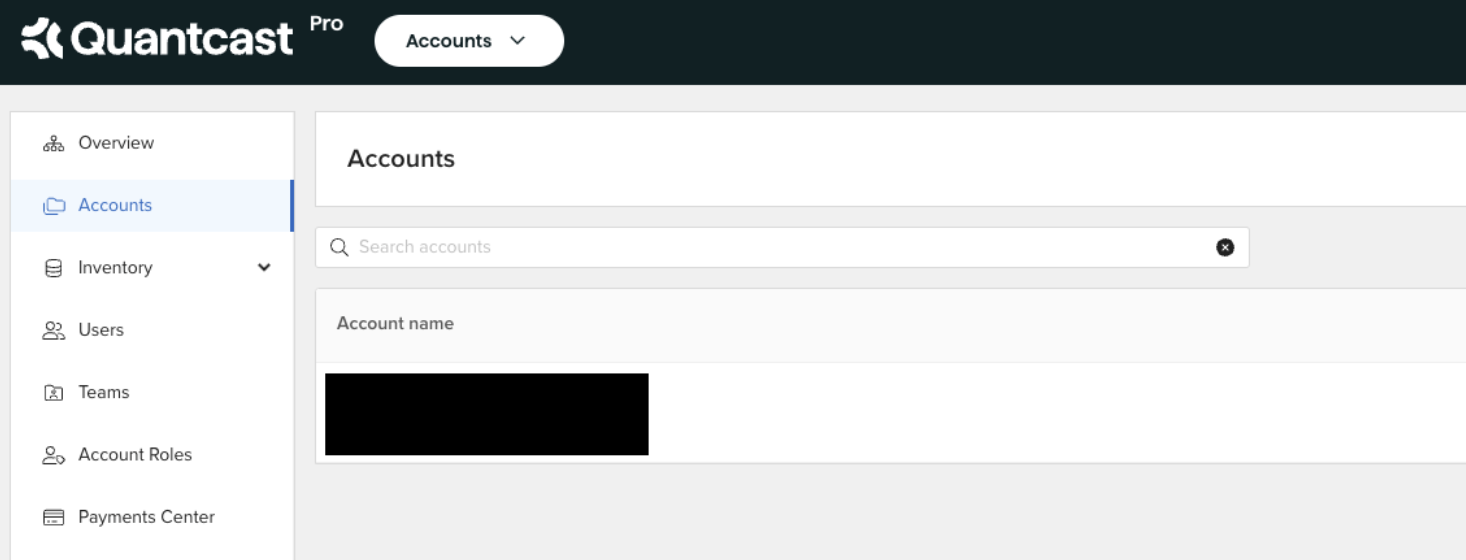
Introduction to Quantcast DSP
Quantcast is a digital advertising platform which uses machine learning and AI technology to buy ad inventory on the open internet in real-time bidding auctions. It is one of the leading Demand side platforms available for buying the right ad placements for campaigns based on real time behavioural and contextual signals. This allows advertisers to reach their target audience with the right message at the right time.
One of the main advantages of Quantcast as a DSP is it does not completely rely on third party cookies and uses signals from 100+ million web and app properties where it is plugged into for audience modeling which was one of the earliest products Quantcast came to market called Quantcast Measure. This rich set of data helps Quantcast use predictive models to deliver strong performance led campaigns on the open internet at scale.
Quantcast is an Omnichannel DSP which lets advertisers address their audiences on the open internet through various addressable advertising channels like Display, Native, Online Video, Connected TV and Digital Audio.
Quantcast DSP Account Structure –
The platform’s account structure is straightforward which makes the new users of the platform easier to get accustomed to.

When you navigate to the homepage of your account, on the top left you can see a dropdown exposing the various sections of the platform. These are the 4 most important sections on the platform.
Ads Manager Section –
Ads Manager is the main section for users where they can setup campaigns. This section breaks down into 3 sub-sections. “Overview” where you can have a quick glance at all the campaigns, “Campaigns” where you can have a look at each and every campaign on an individual basis and “Reports” from where users can pull custom reports related to their campaigns. We will dive into the details of each of these sub-sections in a separate article.
Audiences Section –
Audiences sections is another very important section of the platform. This section deals with all the things related to audiences. There are 2 sub-sections here, “Insights” where users can look into details of how their audiences look such as demographic breakdown of the target audience, content interests, what kind of inventory indexes the highest for the target audiences and much more. This is one of the most valuable sections of the platform and the insights section will need a separate article in detail to explore all of its capabilities. The other subsection is the “audience catalog”, here you are able to build audiences for your campaigns based on the QC website tag deployed or even audiences who might have engaged with you previous campaigns.
Assets Section –
The Assets section comprises of 3 sub-sections, “Creatives” where you upload all your creative assets such as display, video, native etc, “Inventory” is where on the advertiser level you add in things such as site/app lists, keywords lists (called as contextual block list on platform) and IP lists to either targeting or exclude in your campaign settings. The last subsection is “Q-pixel” which is a piece of tracking code to be deployed on the advertiser’s website to track website activities related to website visits, conversions, lead form submits and so on. This pixel helps in campaign success measurement and can also be used for modeling your campaign to find similar behavior audiences for the campaign.
Organization Manager Section –
An organization section in general is slightly different compared to the 3 explained above. This is actually your account level page. If you are an agency and have multiple clients you might want to have separate account/advertiser created for each client to manage their campaigns, assets, audiences and website data properly.
This is the section where you can have an overview of the different advertisers you manage in your Quantcast organization account. An organization account is similar to a Facebook business manager account or a Google Ads MCC account to manage multiple advertisers within one central hub.
Under the organization section, you can access various accounts, manage inventory and brand safety settings, users access to multiple accounts and levels of access for users from your organization and lastly manage your payment settings in the payments center.

This was a quick overview of the Quantcast platform for programmatic advertising experts looking for options to learn more about the DSP. In the upcoming article about Quantcast, we will look into how to deploy a Q-pixel on the website.
